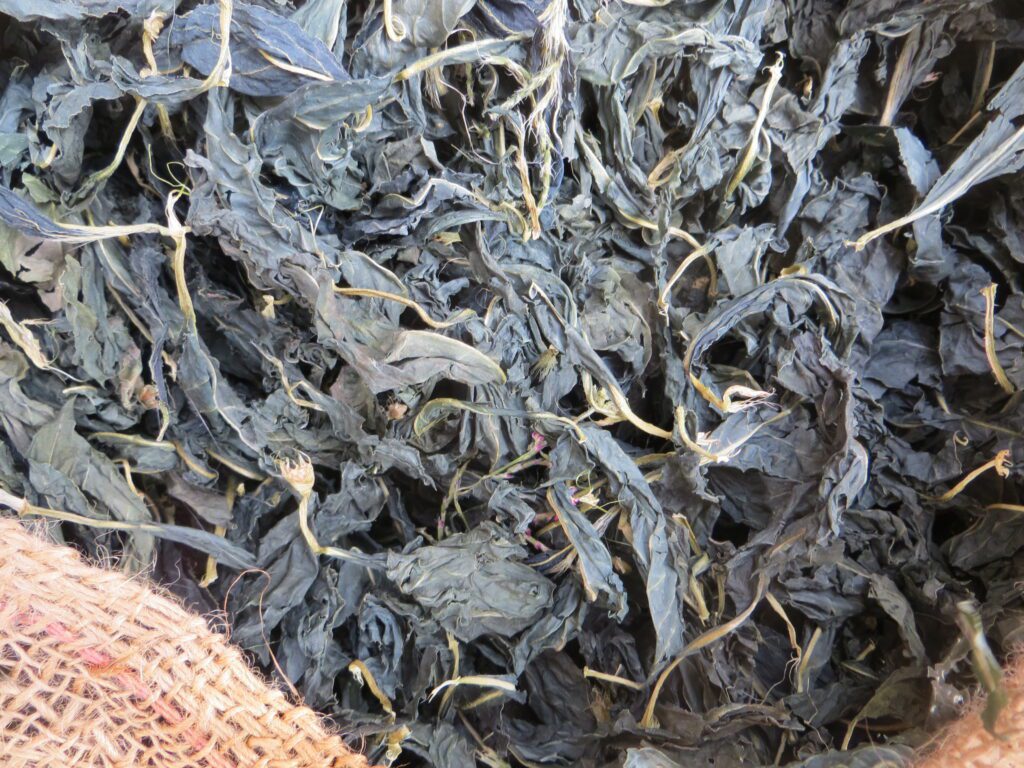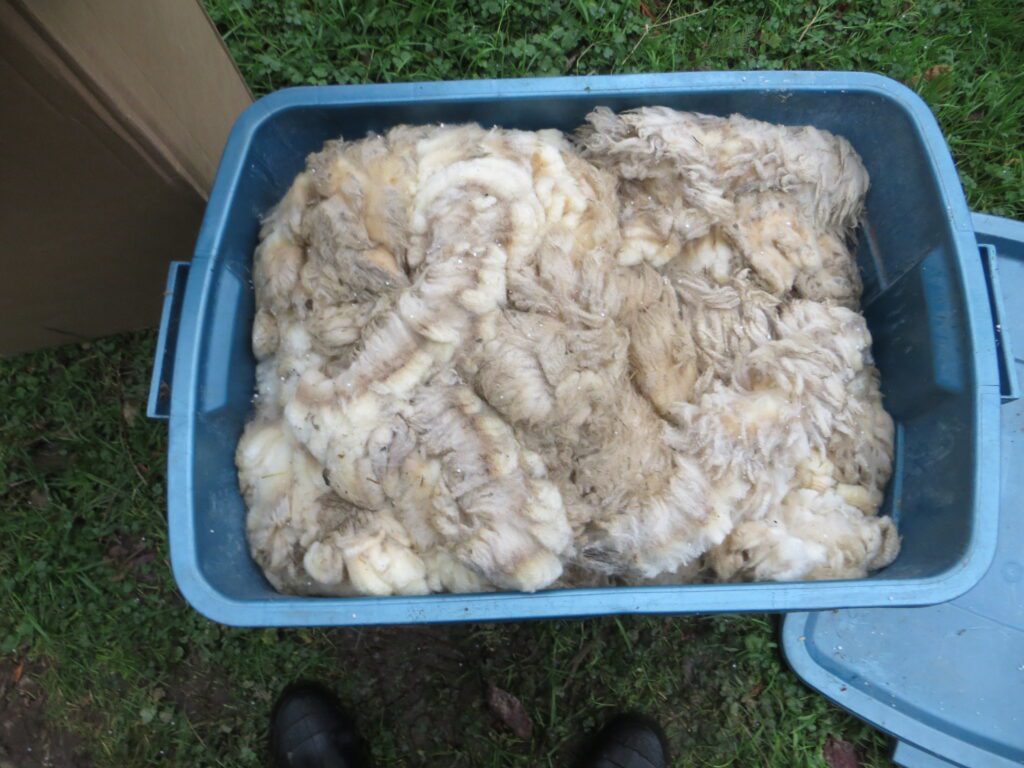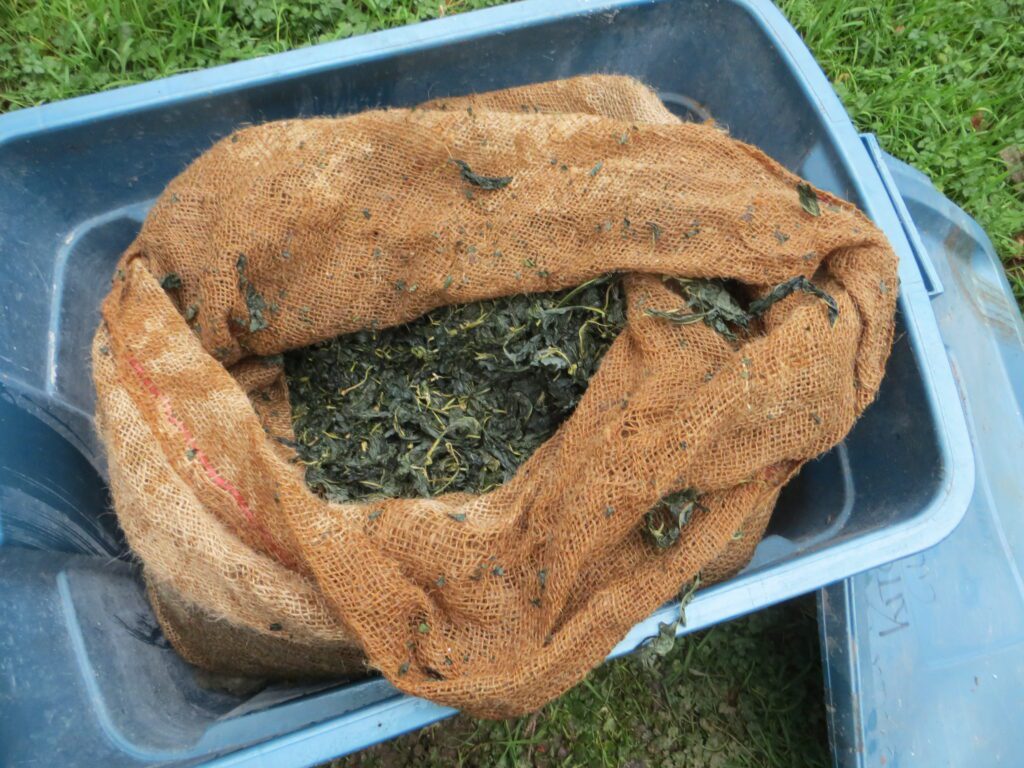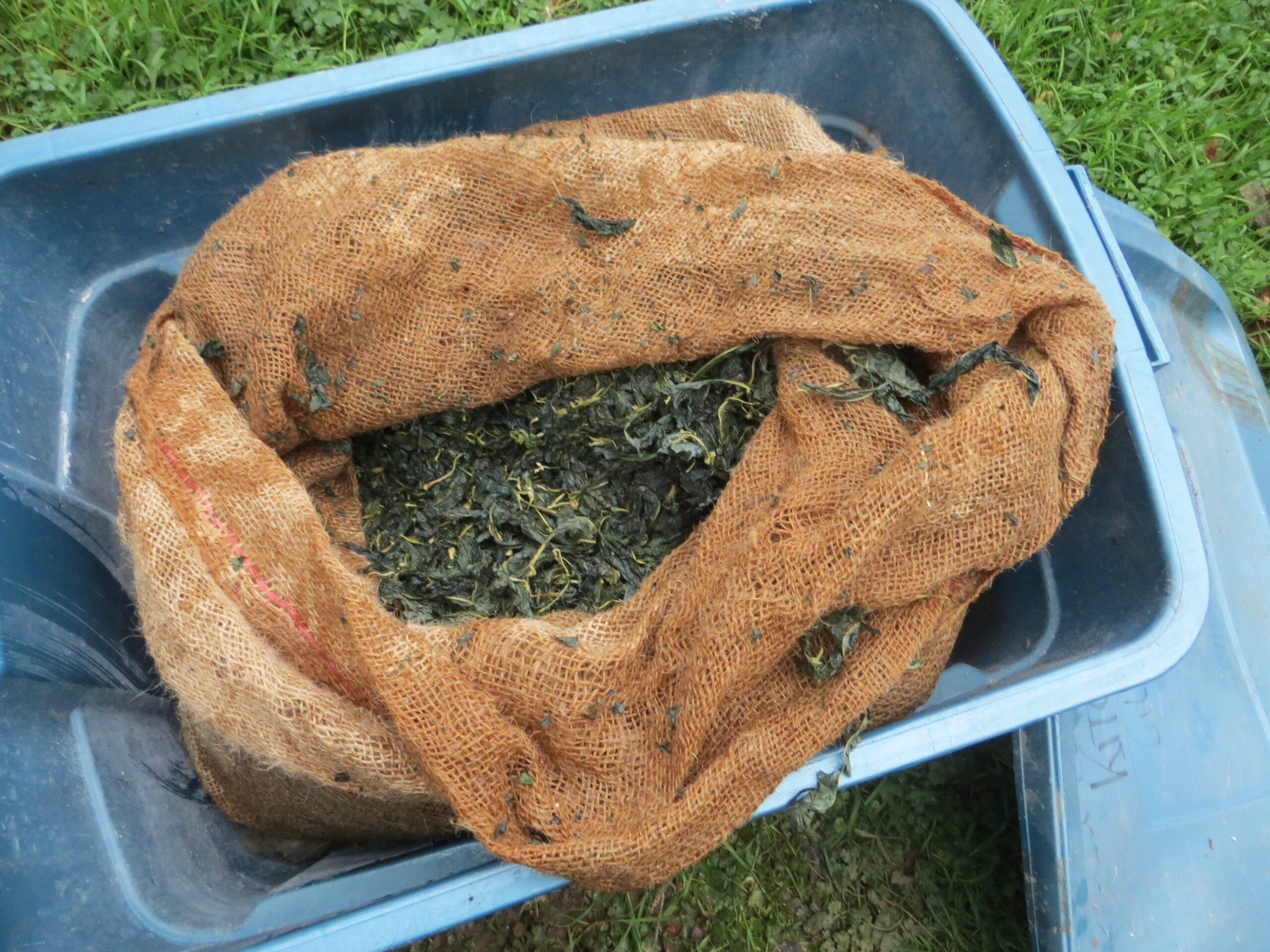I hope you enjoy this essay from textile artist Yarrow Koontz on her explorations with indigo dyeing with plants she has grown on Gabriola. She’s now experimenting with the Sukomo method for using Persicaria tinctoria (Japanese Indigo) – a method she learned about in Japan.
I have been growing Persicaria tinctoria for 5 or 6 years now. I was first introduced to Indigo in 2015 by taking a 2 day workshop with Maiwa Handprints in Vancouver called ‘Journey into Indigo’ with Sophena Kwon and Danni Bush. Something inside me woke up. A friend of mine named Valerie Morgan was a Salish medicine woman living in Hat Creek BC. She told me that we have cellular memory and I knew it to be true. Indigo and human culture seem to be inextricably inked – the fabric of human civilizations woven onto the warp is this versatile dye plant. There are over 400 plants that contain the indigo tinctoria, but we dyers mainly use 4: Indigofera, a legumous plant grown in both Africa and India; Persicaria tinctoria, an Asian plant in the buckwheat family; Indigofera suffruticosa, also in the pea family, from South America; and Woad, a brassica, found in most European countries.
Wherever indigo was cultivated, we learned over millennia that the blue colour was not water soluble. We figured out that through a process of fermentation, composting in water or in contained piles, we could create a reliable dye. I often wonder how people figured things out: through trial an error, accidents, watching other animals, observing decay – how did we figure out chemistry? We have incredible brains designed for tool-making, seeking out patterns, innovation and creativity. In other words – story telling.
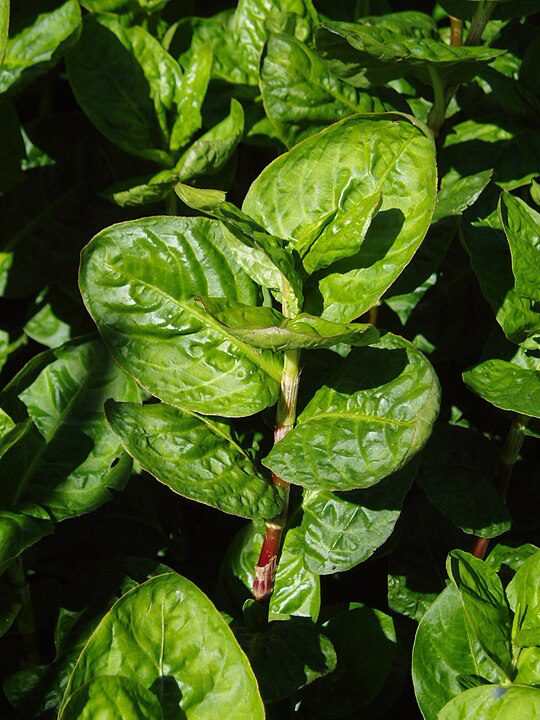
Chinese indigo (Persicaria tinctoria), Bergianska trädgården, Stockholm
The first year I grew indigo, I looked online and found information on how to get pigment from plant. I found a plastic tote, filled it with water, placed my freshly harvested indigo plants in the water, covered it will a screen, and weighed it down with rocks. I left the tote in the basement and waited for bacteria to do its thing. The information online told me to wait until the water turned fluorescent green and smelled floral. It was August and we had a house full of company and I waited too long. Because I didn’t have any experience, I decided the slurry was too far gone and composted the whole mess. I probably could have continued with the process but I was also too busy. “Next year!” – the Farmer’s saying.
So the definition of insanity is doing the same thing and expecting different results but my excuse was that by repeating the previous year’s steps, I would pay more attention to the timing and NOT let my indigo rot too long in water. I got to the fluorescent green, floral smelling stage and got to work! I pulled out the slimy indigo plants and fed them to my worm bin. I got a container of calx and attached a paint mixer to my drill and got to mixing. A blue foam bubbled out of the tote and I diligently checked the ph – more calx. I mixed again until the ph was at 11 and stopped mixing. After a couple of days the blue foam dissipated and the calx had formed a blue muck at the bottom of the tote. I was so excited! I siphoned off the excess water and scraped the mud off the bottom of the tote onto newsprint and brought it inside to dry. I had all together about 1/8 cup of dried pigment. But it wasn’t blue like the beautiful powder I get from Maiwa – it was very grey. I got a Thiox vat going and added my homestead indigo and was very disappointed by my light blue, insipid results. I put all of my homemade indigo into the vat, added more thiox and lye, dipped many, many times and still had the insipid blue. All that time growing, watering, weeding, harvesting, fermenting, mixing, drying and anticipating for a bland blue. This was not the right process for this plant. I was growing Persicaria tinctoria and using a fermentation method for Indigofera. Maybe the plants needed different processing. I looked into Sukumo – the Japanese method of composting dried indigo leaves for dye – and got scared. All the recipes called for 7kg or more – that’s a lot of dried indigo leaves! I had 500 grams! I looked up indigo farmers in Tokushima Japan, and they were growing over 10acres of Persicaria tinctoria and fermenting the leaves in special Japanese clay-walled warehouses. I had to think small scale and could find no recipes online. So I waited until I could go to Japan. I continued to grow indigo and amassed 2kg after 2 seasons and 2 harvests.
In 2023 I got an email invitation from my friend Bryan Whitehead in Japan that he was starting up his workshop series again. He asked if my mom and I were interested in the 14 day Hanten-making workshop. We wrote back with an emphatic YES Please! November came quickly and we found ourselves at Bryan’s house and giant indigo vats standing vigil by the door – an invitation and a warning: she who passes WILL DYE! Bryan has many years experience growing Persicaria tinctoria. I got out my notebook and wrote down the Sukumo fermentation process.
In January 2024 the temperature dropped low enough, minus 10, to start the Sukumo process at home on Gabriola island. I had 2 kgs of dried leaves, a hand-made burlap sack and ‘waste wool’ from Somerset Farm. The burlap sack and wool were replacing the traditionally used rice mats and straw – not in this Bioregion! I sprayed down the leaves with water, mixed them up and stuffed them into the burlap bag. I placed 6 inches of wool in the bottom of a large tote and put the burlap bag on top of that. Then I placed another 6 inches of wool and a 10 lb weight on top of it. Put the lid on and need to wait a month to check the fermentation process. Once the indigo begins to smell of ammonia (which may prove difficult over the unskirted, uncleaned stinky wool!) it means the bacteria have gone to work and in 4 months, I might have Sukumo. . .
To be continued!
